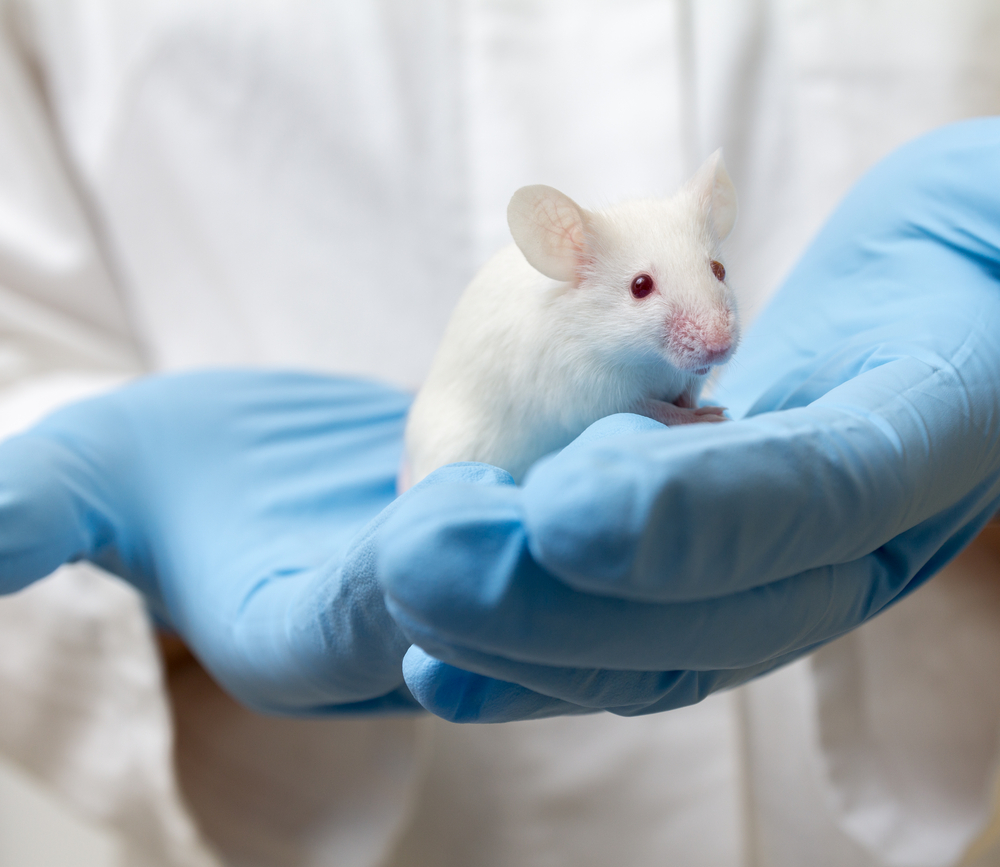Decorin Extends Survival, Eases Skin Fibrosis in Mouse Model of RDEB

Increased levels of a protein called decorin extended survival, reduced skin fibrosis (scarring) and delayed the development of paw deformities and other key recessive dystrophic epidermolysis bullosa (RDEB) manifestations in a mouse model.
The study, “Decorin counteracts disease progression in mice with recessive dystrophic epidermolysis bullosa,” appeared in the journal Matrix Biology.
Impaired structure or production of type VII collagen leads to blister formation at the junction between the epidermis and the dermis — the upper and lower skin layers, respectively — chronic wounds, and scars in people with RDEB.
A molecule called TGF-beta is a key player in skin fibrosis. Prior work in twins with diverse disease manifestations indicated that greater levels of TGF-beta were associated with more severe RDEB. In turn, higher levels of decorin, a TGF-beta inhibitor produced in the body, correlated with milder manifestations. Decorin’s benefits were also found when administered to or produced at increased levels in skin cells from the more severely affected twin.
Decorin’s antifibrotic activity has been widely reported, showing therapeutic potential in preclinical studies of fibrotic disorders. The protein has also evidenced broad anti-tumor activity by inhibiting cell proliferation and migration, blood vessel formation, and stiffness of the extracellular matrix, which provides structural and biochemical support to cells and is an essential driver of fibrosis.
The team, from Italy and Germany, assessed decorin’s potential in RDEB using a mouse model characterized by early blistering, skin inflammation, fibrosis, delayed wound healing, lower growth rate, and mitten deformities. The human form of decorin was given via a one-time systemic injection of a harmless, modified viral vector to mice 6-14 days old to mimic “a clinical setting in which therapy should be given as early as possible,” the scientists stated.
The results showed that decorin levels were reduced in the skin of mice with RDEB, which “further suggested that [decorin] is involved in the tissue alterations associated with RDEB pathogenesis,” they said.
Then, higher-than-normal back skin levels of decorin prolonged survival from 10-12 days in controls to 19 days. Survival rate also improved from 20.4% to 40.5%.
Overproduction of decorin also delayed the development of digit contraction (reduced length) and loss over 12 weeks. These benefits correlated with lower levels of TGF-beta1 — the TGF-beta variant particularly associated with RDEB — and reduced TGF-beta signaling activation.
Although the treatment did not prevent skin blistering in the forepaws, fibrotic traits in the skin — the markers alpha-SMA and tenascin-C — were markedly reduced in the paw.
The team further found that decorin also reduced skin fibrosis in the back — a site where wound healing is not activated and inflammation and fibrosis are at an earlier stage — also evidenced by lower expression of fibrosis-related genes.
Subsequent analysis explored whether the eased fibrosis with decorin was associated with inhibited TGF-beta signaling. The results showed significantly reduced TGF-beta1 levels in treated mice, similar to those found in healthy controls. Lower amounts of an activated version of a protein called Smad2 indicated decreased signaling.
However, no differences were found in skin inflammation markers when comparing treated mice to controls, which “suggests that fibrosis and inflammation are not necessarily interconnected,” the investigators noted.
“Our findings confirm TGF-β role in promoting fibrosis and disease progression in RDEB, and show that decorin counteracts disease manifestations by inhibiting TGF-β activation,” they said.






